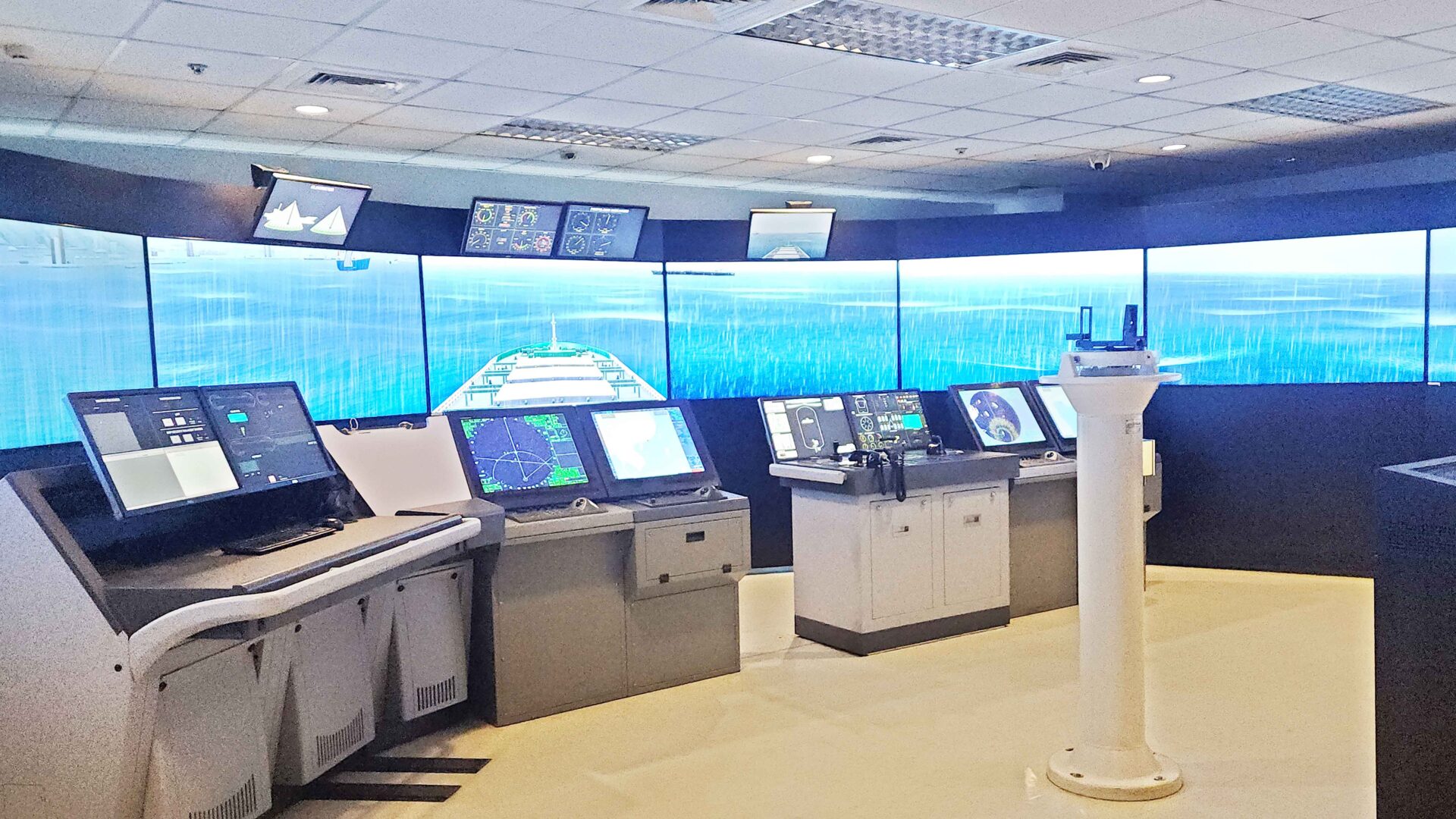Filipinos play a key role in the maritime industry. From deck hands to engineers, to officers, look at any marine vessel and chances are, there are at least a few Filipinos working on board or below the decks. Because of high demand, there have been numerous schools that have cropped up, aiming to produce graduates that go on to work in the maritime industry.
Mitsui O.S.K Lines Magsaysay Maritime Academy (MMMA) might be a newcomer in the maritime academy industry but the school has already carved a name for itself despite being in operations for only 7 years. A joint venture between Japanese shipping giant Mitsui O.S.K Lines (MOL) and Magsaysay Group, MMMA spares no cost in equipping its students with the necessary skills for a flourishing career.
MMMA recently celebrated its second commencement exercise which saw 152 cadets celebrate the next chapter of their maritime journey. 80 cadets were from Bachelor of Science in Marine Transportation, while 72 were from Bachelor of Science in Marine Engineering. They receive guaranteed employment opportunities aboard MOL and Magsaysay vessels.

MMA’s substantial investment in modern equipment is what sets it apart from other maritime institutions. Beyond classroom lessons, the academy’s training facilities play a huge role in shaping future seafarers.
MMMA features four key buildings: the administration building, dormitory, academic building, and the ship-in-campus. The ship-in-campus features several technical facilities, one of which is a full-scale bridge simulator room. Here, cadets experience different maritime scenarios while interacting with a fully functional bridge console, radar and communication systems.
A smaller bridge simulator is also available to allow more cadets to get hands-on experience. These simulators can recreate various scenarios, including different weather conditions, maritime traffic, wave patterns, and even actual port locations. A separate monitoring room allows instructors to modify the parameters and oversee each simulated exercise.
“This is where a lot of scenarios can be simulated: weather, waves, even the movement of the ship,” Capt. Oliver Christian Espineli, Instructor in Marine Transportation said.
Another stunning piece of equipment is a full-scale two-stroke diesel engine that towers 3 stories high. Here, students can fabricate items that are used for the repair and maintenance of the ship’s engine and other auxiliary equipment.
The numerous tools and practical exercises that MMMA offers allows its students to experience first-hand how it is to work on an actual maritime vessel. Furthermore, the use of modern equipment equips its graduates with the skills that allow them to easily assimilate into the work environment once they have been deployed onboard.





